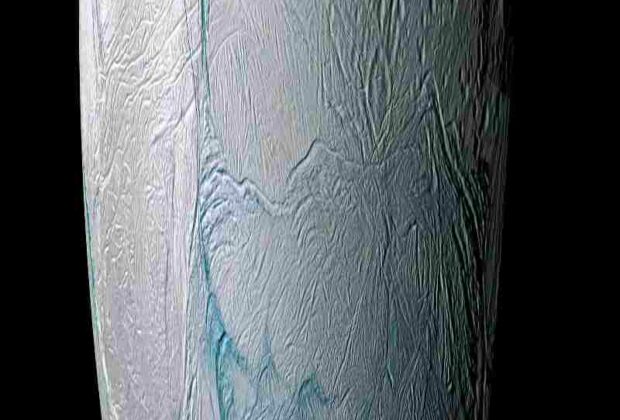A recent study suggests that it may become simpler to find water on other worlds.
A method for identifying exoplanets—planets outside the solar system that orbit stars and may even support extraterrestrial life—has been proposed by recent research.
At the moment, it is quite challenging for scientists to find water on exoplanets.
While water vapour can occasionally be detected in planets’ atmospheres, scientists have not yet been able to locate any planets that have oceans.
However, recent research that was published in the journal Nature Astronomy suggests that possible water worlds could be found by comparing the carbon dioxide (CO2) levels of nearby exoplanets.
The secret is that the oceans on Earth take in a large amount of CO2 from the atmosphere.
Thus, potentially, liquid oceans may be hidden beneath the surface of an exoplanet that has far lower CO2 levels than its neighbours.
Amaury Triaud, a professor of exoplanetology at the University of Birmingham, and Dr. Julien de Wit, an assistant professor of planetary sciences at MIT, conducted the recent, ground-breaking research.








